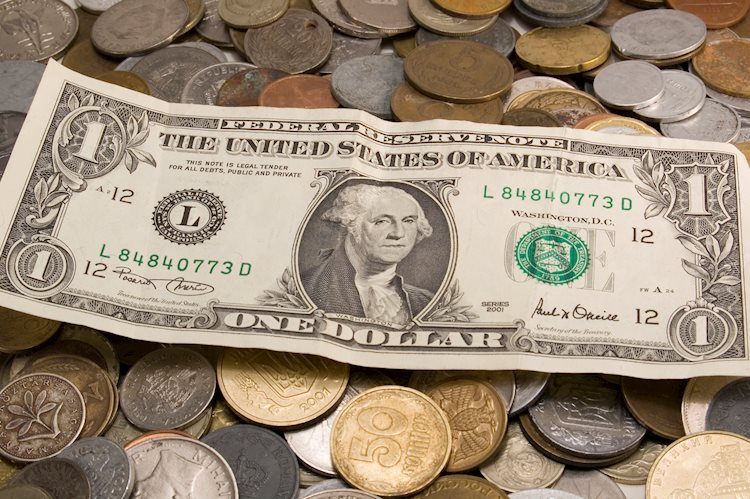The DXY Index is currently trading at 104.7, down by 0.35% this week but is expected to close with mild gains. The US Dollar Index faced resistance at the 20-day Simple Moving Average despite strong economic indicators such as rising preliminary May PMIs, robust Durable Goods Orders, and positive Jobless Claims figures, indicating a potential recovery for the US Dollar. However, selling pressure is impacting the DXY Index, leading to losses.
The Federal Reserve’s (Fed) cautious stance on premature easing is expected to limit any downward movement in the US Dollar Index. With the Fed maintaining a careful approach towards interest rate changes, the chances of swift interest rate cuts are lower. The April Personal Consumption Expenditures (PCE) data, due next week, could potentially impact the central bank’s messaging and provide further insights into potential future movements.
Despite strong economic indicators, the Durable Goods Orders in the US saw an increase of 0.7% in April, surpassing market predictions which expected a drop of 0.8%. The Federal Reserve continues to be mindful of premature easing, with market probabilities indicating potential rate cuts in the upcoming meetings, with a cut likely by December. The Fed’s cautious approach is expected to contribute to the stability of the USD in the short term.
In terms of technical analysis, the DXY Index is facing strong resistance at the 20-day Simple Moving Average. The Relative Strength Index (RSI) is sloping downward within negative territory, suggesting selling momentum. Despite a bearish outlook, the DXY remains above the 100 and 200-day SMAs, indicating an underlying bullish bias. However, as long as it remains below the 20-day SMA, the short-term outlook is expected to be bearish.
Central banks play a crucial role in maintaining price stability within a country or region by adjusting their benchmark policy rates to control inflation. By either hiking or cutting interest rates, central banks can influence savings and lending rates to regulate demand in the market. Board members of central banks often have differing views on monetary policy, with “doves” supporting loose monetary policy to boost the economy, while “hawks” prefer higher rates to control inflation.
Political independence is a key feature of central banks, with members of the policy board appointed after passing through a series of panels and hearings. The chairman or president leads policy meetings, aiming to create a consensus between the board members with differing views. Speeches delivered by the chairman provide insights into the current monetary stance and outlook. Central banks work towards communicating their monetary policy without causing drastic market reactions, with a blackout period before policy meetings to avoid public talks by members.









